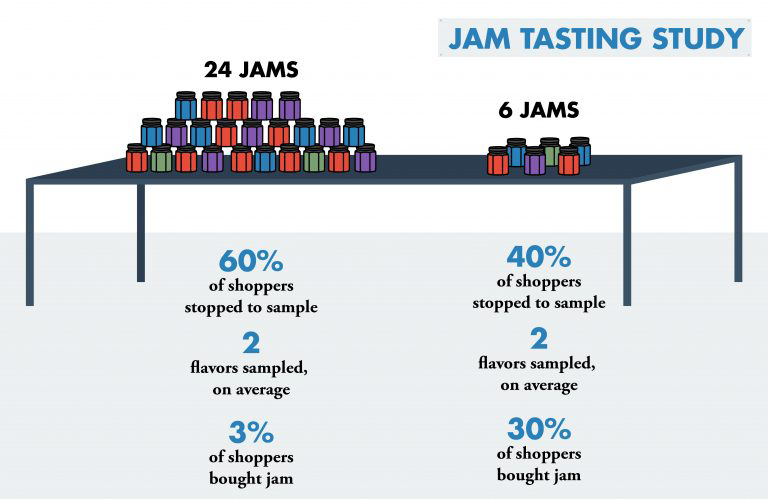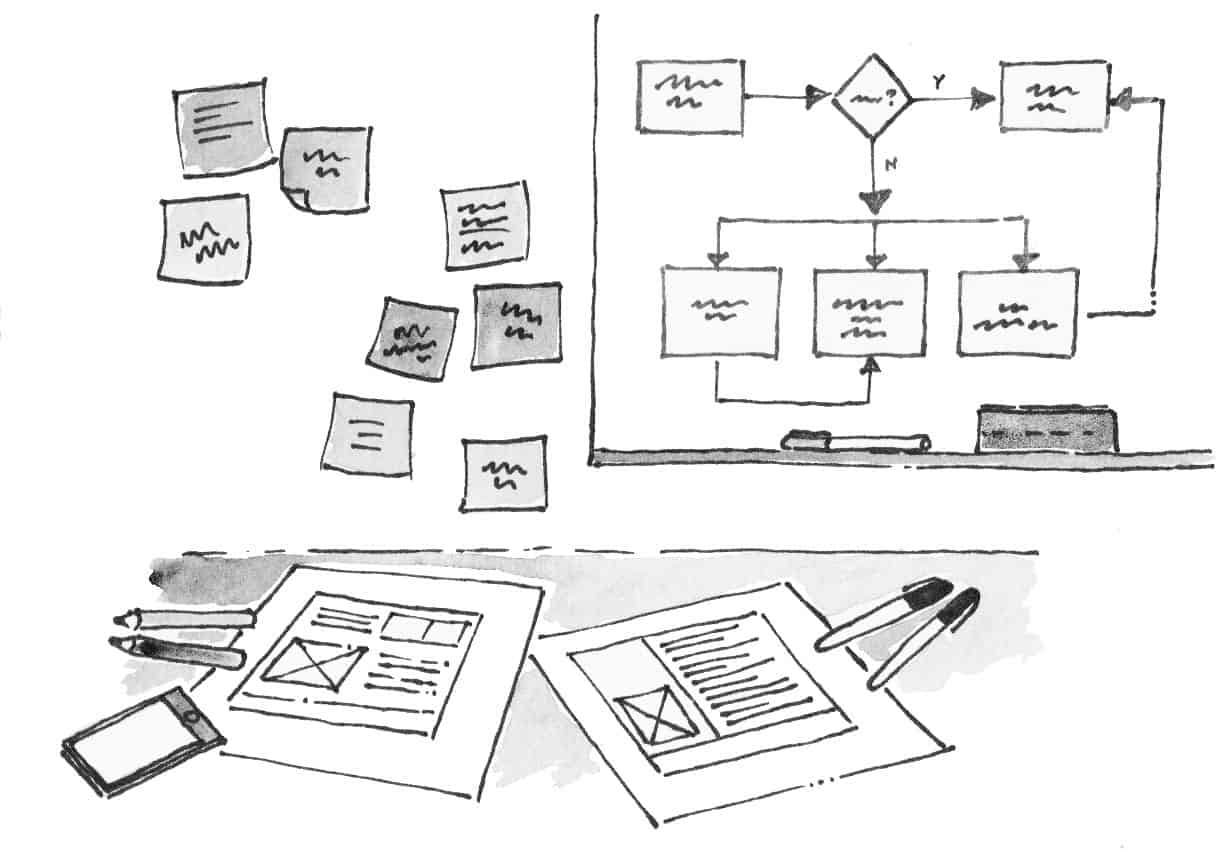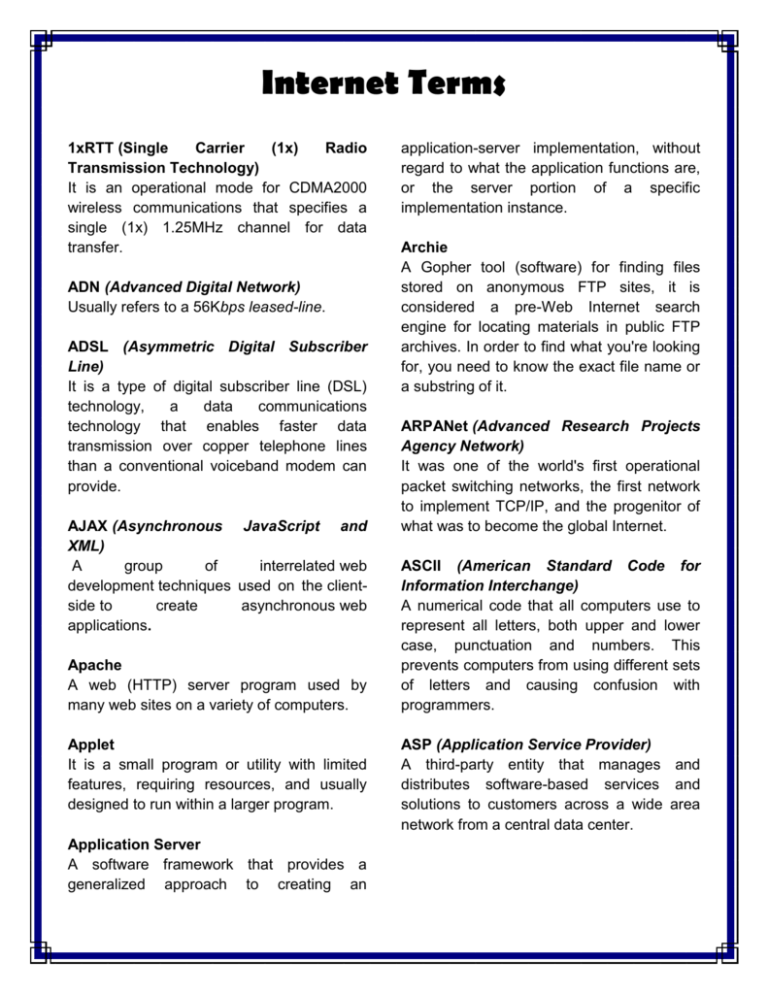
There are many courses, certifications and internships that can help you become a web designer. However, in order to be successful in this field, you need to master essential skills. This article will show you how to start your training journey. Continue reading to find out more. Here are some of our most popular training options.
Courses
There are several good courses available online for web designers. These courses teach web design from start to finish. They cover everything, from HTML and CSS basics to optimizing a website for search engine optimization. Webflow University is a good example. Jan Losert is a Czech web designer who teaches this course. You can access it online free of charge and create dynamic websites. You will gain a good understanding of web design in general and how to optimize it for search engines.

Certifications
The certifications that web designers require can be added to the knowledge base. This will help anyone looking to make a career in the industry. Web design certifications can help professionals further their skills and build a portfolio that highlights their work. There are many courses available, including the Certificate of Web Site Design from Sessions. These courses can be completed online and will help you advance your career in web design. To further enhance their knowledge in this field, students have the option to take a number of electives.
Internships
A great place to begin looking for an internship is a school's IT department. Many schools have internships for students with an interest in web design. An internship in culture foundry, for example, can be an excellent opportunity for someone who has a keen understanding of design and is motivated. Although the interns aren't required to create everything from scratch, they will still need to have a good eye for visual quality. When applying for an internship, send an email with your resume and links to any work samples you've created. In the subject line, include "web developer intern"
Books
There are many books that can help with web design, from general techniques and theories to more specific skills and niche interests. Some books deal with more general topics, like accessibility, CSS and JavaScript. Others focus on a particular niche. Here are some books to get you started with your web design education. Here are some top books for web design training. These topics can be found on the author's site.

Colleges
There are many methods to obtain web design training. Online or face-to–face classes are available. Online programs can be more flexible than traditional classes, and students can take classes from anywhere. You can also take an accelerated course to learn web design in a shorter period of time. You can learn from a professional instructor or start your own project. Compare several options before deciding on one.
FAQ
How do you design a website?
The first step is to understand what you want your site to do for your customers. What do your customers want from you when they visit your website?
What problems might they have if they don't find what they're looking for on your site?
Now you need to figure out how you can solve these problems. Also, you need to ensure that your website looks professional. It should be simple to navigate and use.
You should have a well-designed website. Make sure that it doesn't take too long to load. If it takes too long, people may not be able to stay as long. They will move on to something else.
If you're going to build an eCommerce site, you need to think about where all your products are located. Are they all in the same place? Are they scattered about your site?
You need to decide whether you want to sell one product at once or many different types of products. Are you interested in selling one type of product? Or multiple types?
After you've answered these questions, it is possible to start building your website.
Now it is time to focus on the technical side. What will it take to make your site work? Will it be fast enough? Are people able to get it done quickly from their computers?
Will they be able buy anything without having pay an extra fee? Do they need to register in order to buy anything?
These are the essential questions you should ask yourself. Once you know the answers to these questions, you'll be ready to move forward.
What is a responsive website design?
Responsive Web Design is a method of designing responsive websites. It allows content to display on all devices (desktop computers, tablets and smartphones), so that it can be viewed easily on any device. This allows visitors to view the website on one device and access other features like buttons, navigation menus, etc. RWD is designed to ensure that a user can view a site on any size screen.
For example, if you were building a website for a company whose products sell primarily through eCommerce, you would want to ensure that even if a customer viewed your website on a smartphone, they could easily purchase items from your store.
A responsive website will adjust its layout automatically based on what device is used to view it. It will appear the same as a regular desktop website if you view it on your laptop. However, if you're viewing the page on your phone, it will display differently.
This means that you can create a single website that looks great on every type of device.
What Should I Add to My Portfolio?
These things should make up your portfolio.
-
Exemplaires of previous work
-
Links to your website (if applicable).
-
Link to your blog.
-
These are links to social media sites.
-
Here are links to portfolios online of other designers.
-
Any awards that you have received.
-
References.
-
You can also send us samples of your work.
-
Here are some links that will show you how to communicate with your clients.
-
These are links that show you're open to learning new technologies.
-
These links show that you are flexible.
-
Your personality is displayed in the links
-
Videos showing your skills.
Statistics
- It's estimated that in 2022, over 2.14 billion people will purchase goods and services online. (wix.com)
- Is your web design optimized for mobile? Over 50% of internet users browse websites using a mobile device. (wix.com)
- Studies show that 77% of satisfied customers will recommend your business or service to a friend after having a positive experience. (wix.com)
- The average website user will read about 20% of the text on any given page, so it's crucial to entice them with an appropriate vibe. (websitebuilderexpert.com)
- In fact, according to Color Matters, a signature color can boost brand recognition by 80%. There's a lot of psychology behind people's perception of color, so it's important to understand how it's used with your industry. (websitebuilderexpert.com)
External Links
How To
How can I become a UI designer?
There are two routes to becoming a UI Designer:
-
You can earn a degree in UI Design by going to school.
-
You can become a freelancer.
To be able to enter school, it is necessary to attend college/university and complete four years. This includes computer science, psychology, business, and art.
You can also attend classes at state universities and community colleges. Some schools offer no tuition, while some charge tuition.
After graduating, you'll need to find employment. If you plan to work for your own business, you need to establish a client base. It is essential to establish a professional network so other professionals know you exist.
Also, you can look for internship opportunities at companies that are specialized in developing web apps. Many companies hire interns to gain experience before hiring full-time employees.
Once you have built up a portfolio of your work, it will help you land more jobs. You should have work samples and information about the projects you worked on in your portfolio.
It's a great idea to email your portfolio to potential employers.
You will need to market your services as a freelancer. You can list your services on job boards such Assure, Guru, Freelance, Guru and Upwork.
Freelancers are often assigned by recruiters posting job openings online. These recruiters are looking for qualified candidates to fill certain positions in specific industries.
These recruiters will typically give the candidate a project brief that outlines the position's requirements.
You are not required to sign long-term contracts as a freelancer. If you are looking to make a move, however, it is advisable to negotiate an upfront payment.
Many designers prefer working directly with clients, rather than through agencies. Although this may sound great, many lack the necessary skills.
Agency workers usually have extensive knowledge about the industry they are working in. They have access the right training and resources to ensure they produce high-quality results.
Agency workers often receive higher hourly rates in addition to these benefits.
Working with an agency has the downside of not being able to contact your employer directly.
As a UI designer you need to be motivated, creative, flexible, detail-oriented and communicative.
Additionally, communication skills must be excellent both in written and verbal.
UI designers design websites by designing user interfaces (UI), and visual elements.
They are also responsible in ensuring that the site meets all users' requirements.
This means understanding the needs of visitors and how the site should work.
Wireframes are created by UI designers using a variety of tools. They use wireframing to help them visualize the layout of a webpage before they start designing.
Online wireframe templates make it simple to create your own wireframes.
Some designers focus solely on UI design, while others combine UI design with graphic design.
Graphic designers use software such as Photoshop to edit images.
They then use Adobe InDesign to lay out pages and layouts.
Photographers capture images using digital cameras or DSLRs.
Then, they upload the photos to a photo editor program, where they add captions and filters.
Afterward, the photographer saves the image in a file format compatible with the website.
It is crucial to consider all aspects when designing a website.
This includes research and planning, wireframing, prototyping testing, coding, content creation and publishing.
Research – It is essential to do extensive research before you begin a new project.
Planning – After you've done your research you'll be ready to develop a plan.
Wireframing: A wireframe is a sketch of a website or application.
Prototyping: Prototypes can help to ensure that the final product meets the initial vision.
Testing - The prototype should undergo multiple rounds of testing to ensure it works properly.
Coding - Coding refers to the process of writing computer code.
Content Creation - This includes everything from managing social media accounts to writing copy.
Publishing is the act of uploading files and making sure that the site can be accessed.
You will need to have a broad knowledge of different projects in order as a freelance UX/UI developer.
For example, some companies only require wire frames, whereas others require full prototypes.
You might be required to do certain tasks, depending on what type of project it is.
One example is that if you are hired as a wireframe designer, you might be required to create many wireframes.
You may need to develop a functional version of the site if you are hired to build a prototype.
It doesn't really matter what project you're working on, good interpersonal skills are vital.
Referrals are what most clients use to hire freelancers. Therefore, it is important that you establish strong relationships with potential employers.
In addition, you must be able to communicate effectively both verbally and in writing.
A portfolio is an important tool in any freelancer's arsenal.
It is a showcase of your work and a demonstration of your ability produce high-quality outputs.
You can take care of this by creating a professional portfolio online.
Find websites similar in your niche to get started.
You can then search these websites to find out which one offers its services.
Once you've identified the best practices, it is time to start implementing them.
It's also helpful to include links to your portfolio within your resume.